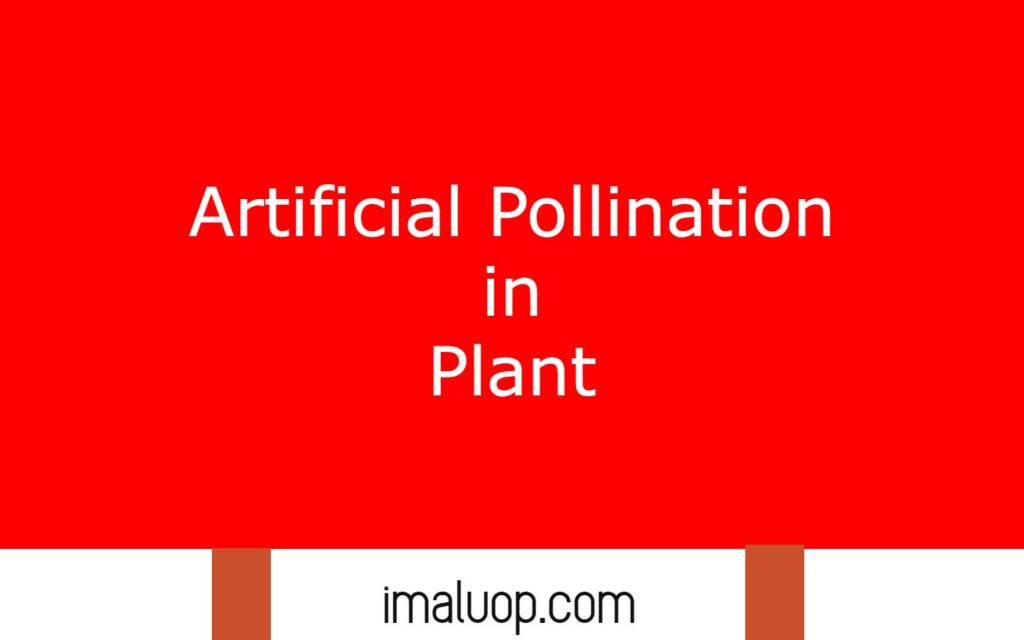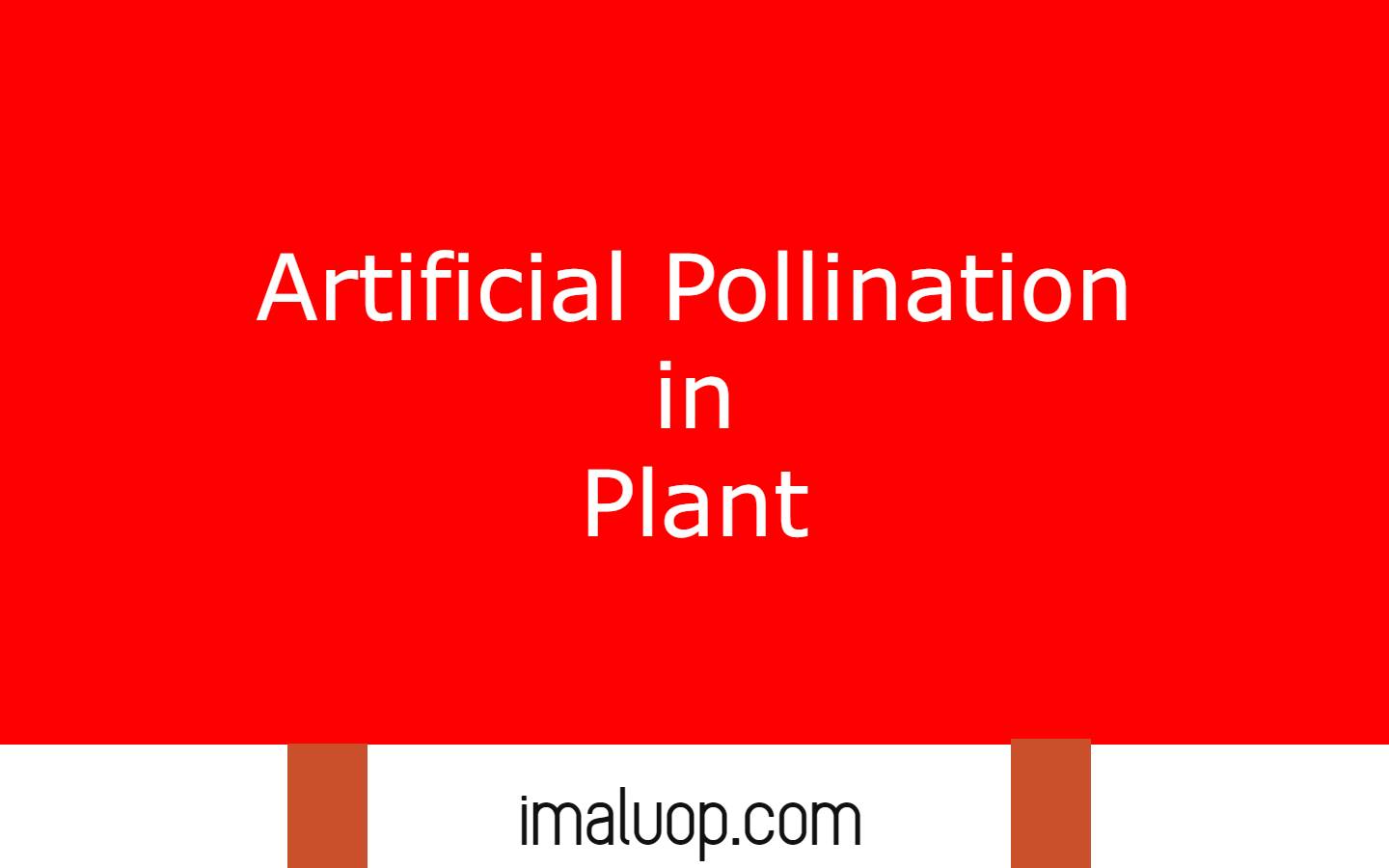Now we are going to discuss a topic in plant breeding: artificial pollination in plants and we will discuss all the methods of artificial pollination in plants and its importance.
What is Artificial Pollination:
Before understand what is artificial pollination we have to know what is pollination and why it is important for fertilization in flowering plants and how we can do it artificially. In plant there are various methods to multiply their number in some cases they can multiply with the help of only a part of their body as seen in vegetative reproduction.
But in most of the advanced plants reproduction occurs through my reproductive organs flower in which male reproductive part have pollen grains and females reproductive part have ovule.
Now pollen grains have to reach upto female reproductive part stigma and this process is known as pollination. In nature pollination occurs by different factors, in some cases air carries the pollen grains and drops on stigma, in some cases different insects carry pollen grains when they collect nectar from the flower and drop it to the stigma.
There many other ways through which pollination occurs naturally but it occurs randomly so quality of the offspring also become randomly. Sometimes we get more good quality breed than the previous while sometimes we get more poor quality which is very important in case of crops plants.
When pollination occurs naturally large number of pollen rejected due to incompatibility in pollen stigma interaction so we use artificial pollination to avoid all those uncertainty. We place desired pollen grains on desired stigma to get the offspring which will have desired characters and there is only way to do it, we have to perform pollination artificially to control the traits of the offspring.
The process of pollination in which we prevent natural pollination and promote fertilization by our desired pollen grains to the desired stigma artificially is known as artificial pollination.
Table of Contents
Different Methods of Artificial Pollination:
Now we will discuss how we can place a certain type of pollen grains on a specific stigma in a scientific way.
First Method Artificial Pollination:
This method is used for artificial pollination in vegetable plants where male reproductive part and female reproductive part present on different plants.
First find a male flower and then remove its petals very carefully so that pollen grains from another part do not stick with your fingers or hand.
Next find a closed female flower and open its petals to find its stigma then touch the anther of male flower to the stigma of the female flower and then cover the female flower with its petals slowly to prevent further contamination by other pollen grains.
Second Method of Artificial Pollination:
This is a very easy method of artificial pollination when a cotton is used to collect the pollen grains from male reproductive part and then the pollen grains just shed down on the stigma of the flower to pollinate the stigma artificially.
Third Method of Pollination:
In this method self pollination is promoted in those plants in which both male and female reproductive parts present on the same plant as in the case of tomatoes, peppers in which a fat is set up or branches of the tree are generally shaken to promote self pollination.

Different Stages of Artificial Pollination:
- When flowers grow on the plant they are covered to prevent unwanted pollination and different types of pollinating agents until the flower becomes mature for reproduction.
- When flowers become mature for reproduction we pollinate the flowers artificially by putting the desired pollen grains on stigma and ensuring pollen grains stick to the stigma.
- Then we again pollinate the pollinated flowers to prevent the further contamination by any other external pollen grains or pollinating agents until fruit formation starts because fruit formation confirms the completion of fertilization.
Read More: 3 Important Plant Families
Hi Everyone!!! Welcome to Imaluop. Imaluop always try to learn some new and he want to share to other people. Here we will try to learn various topics on Science, specially on Biological Sciences.
